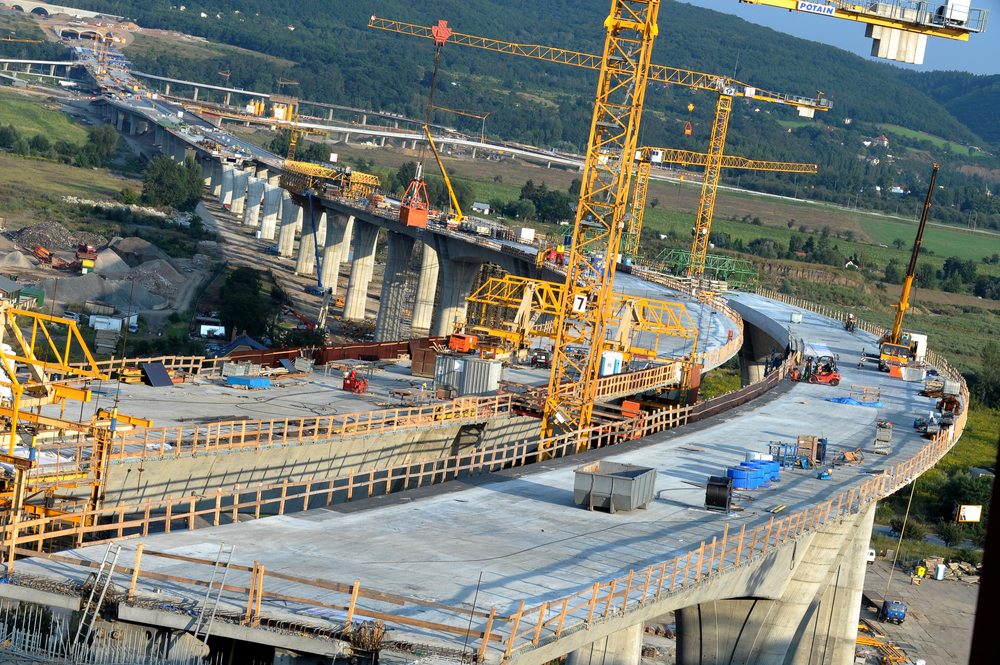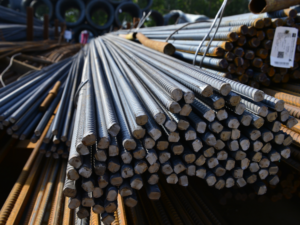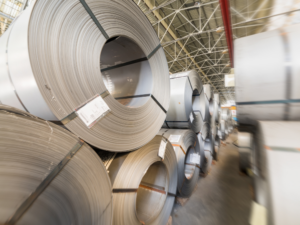
As of this week, most of Europe’s largest economies have entered a month-long soft lockdown, to tackle the ongoing second wave of the coronavirus pandemic, Kallanish notes.
While demand from end users is expected to be hit by the new limitations, steel producers are yet to be directly impacted in any of the major European countries.
German, Italian, French, Spanish and British authorities are all implementing restrictions in their countries. However, they are targeting as little economic disruption as possible after the first lockdowns in March/April caused considerable economic damage. Construction, manufacturing and overall industrial operations should continue.
The first lockdowns brought some steelmaking and processing operations in Europe to a standstill. This time around, this is not expected to happen.
Last time around, a number of steelmakers temporarily idled blast furnaces and steelmaking activities to align output to demand. Since then, production has recovered in line with demand and order books at steelmakers and processors seem to be strong enough to sustain production throughout November.
A northern European steel trader said the new lockdown is likely to be less strictly followed as compared with the last one, as “…there seems to be a high level of Covid fatigue around.” He added that the lockdown “…will have less of an impact on scrap collection this time around. However, against that we are anyway entering winter which will impact in Europe but more strongly in the Baltic which has been an active scrap exporter over the summer.”
Despite indications the steel sector should not be directly hit by the limitations, uncertainty remains over future end-use demand. In southern Europe, for example, scrap dealers confirm that mills are continuing to buy only the minimum volumes needed to operate, avoiding any sort of stockpiling due to uncertainty.
In France, the first country in Europe to go into soft lockdown, general demand for steel remains at good levels. In Italy, on the other hand, the market has been extremely slow during the last two weeks as the country went into wait-and-see mode in anticipation of the lockdown. However, a serious supply shortage for flat products is sustaining prices and demand in Italy.
As for the steel using sectors, construction activity is not set to be hit by the new limitations. In fact, more and more public spending in European countries will be pumped into the sector to fuel the recovery. As for automotive demand, this could take a new hit at end-use level, therefore further impacting the steel and manufacturing sectors in the first quarter of 2021.
Alessandro Sciamarelli, director for market analysis at Eurofer, noted last week that a rebound in market confidence was tangible in June and July, but a further slowdown was expected in October due to the second pandemic wave. Eurofer lifted its outlook for steel demand in Europe last week to a -14.6% year-on-year drop for 2020, but confirmed that many factors are still uncertain and the recovery going into 2021 could be slower than anticipated.





